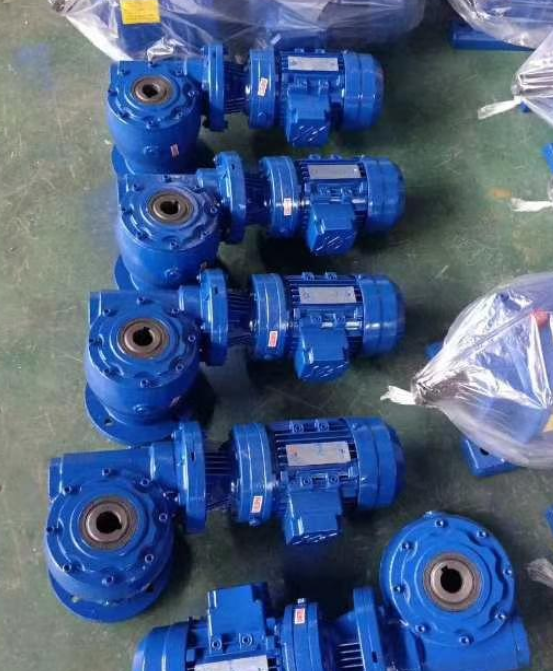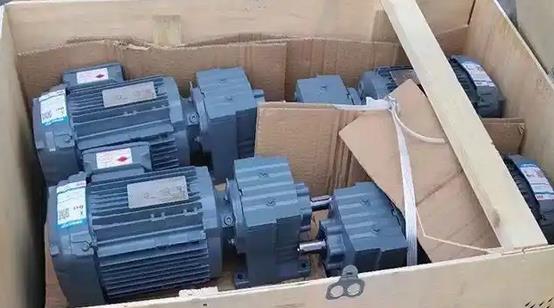What is a reducer? What are the functions of reducers?

What is a gearbox? What are the main functions of a reducer? Firstly, what is a reducer? A reducer is actually a power transmission device that does not generate power on its own. It is mainly used to transmit power between the prime mover (motor) and the working machine (actuator). The purpose of reducing speed is achieved by meshing the large gear on the output shaft with a gear with fewer teeth on the input shaft. There are many types of reducers with diverse functions and a wide range of applications, making them essential mechanical equipment in industrial production. So what are the main functions of a reducer? The function of a reducer is mainly reflected in two aspects: reducing speed and increasing torque.
1、 The role of a reducer in reducing speed
I have learned what a gearbox is and that its main function is to reduce speed and increase torque. When it comes to reducers, we have to talk about electric motors, because the main target of reducers is electric motors, commonly known as motors. It can also be said that what reducers reduce is the speed of the motor. For those who understand industrial production processes or operations, they should know the relationship between reducers and motors. Electric motors are the main source of power for mechanical equipment in industrial production lines. In many scenarios, in order for the mechanical equipment to achieve specific effects, the rated speed cannot be fully used. In this case, the speed of the motor needs to be reduced through a reducer, which is also the main reason why reducers are popular.
The reduction ratio of the gearbox is represented by the symbol "i".
The formula for calculating the reduction ratio is: input speed ÷ output speed=reduction ratio.
2、 The role of gearbox torque
The calculation formula for the output torque of the gearbox is T=9550 × P/n.
T is the output torque of the gearbox, in N • m; P is the output power of the motor, in kilowatts; N is the output speed of the gearbox, in units of r/min. It is not difficult to see from the calculation method of the formula for the output torque of the reducer that, in order to match the functional requirements of other devices, the motor output power P remains unchanged. When the motor speed n decreases, the motor torque T naturally increases.
It should also be noted that the gearbox increases the output torque while reducing speed. The torque output ratio is based on the motor output multiplied by the reduction ratio, but it cannot exceed the rated torque of the gearbox; Deceleration simultaneously reduces the inertia of the load, which is the square of the deceleration ratio.



